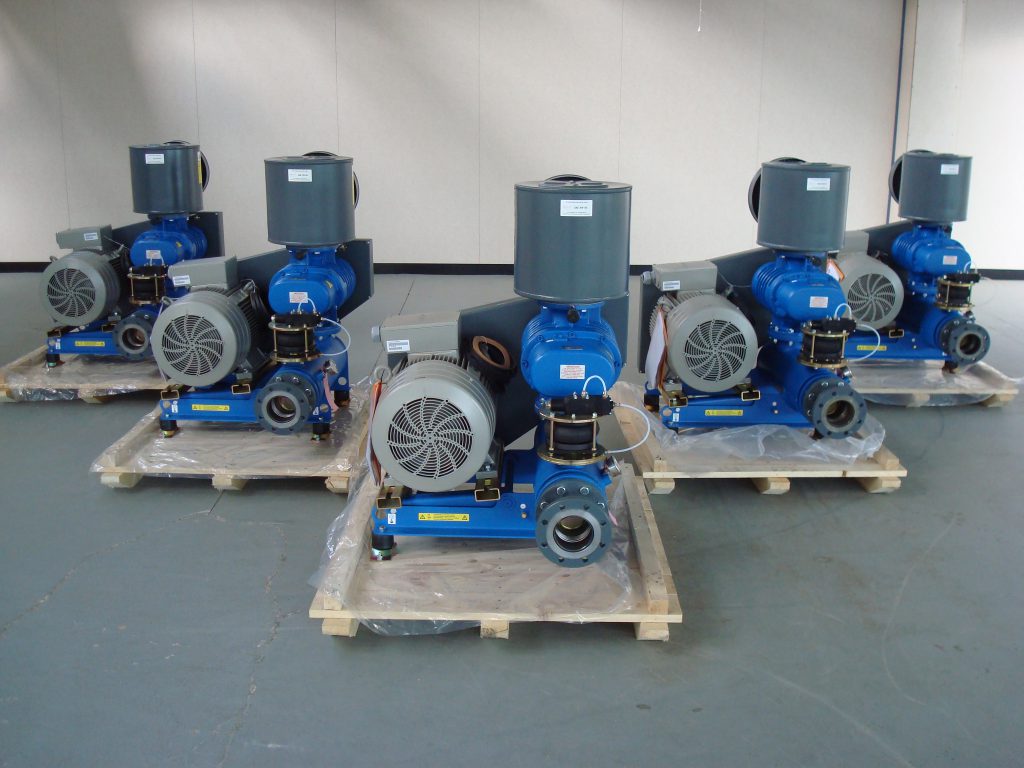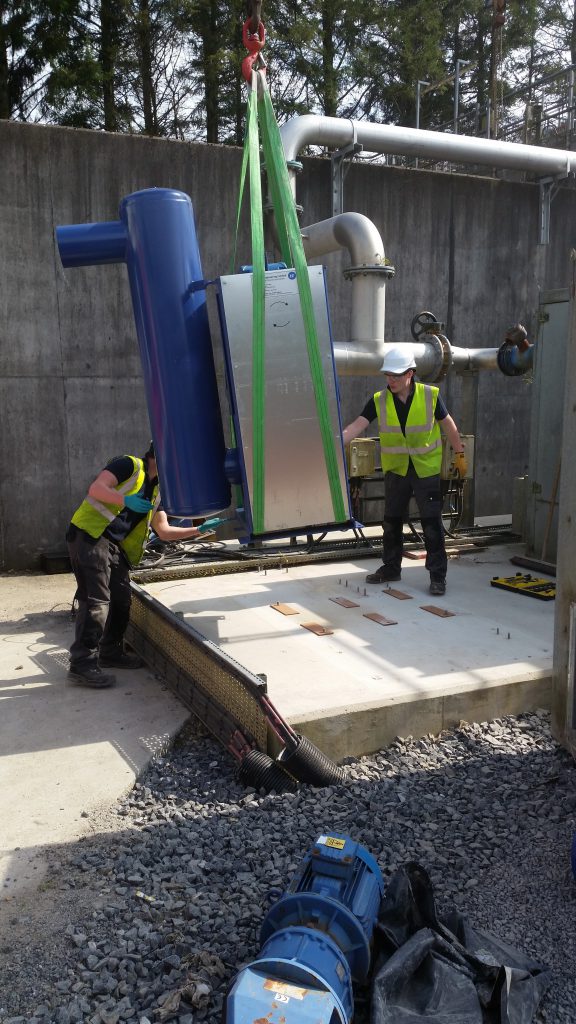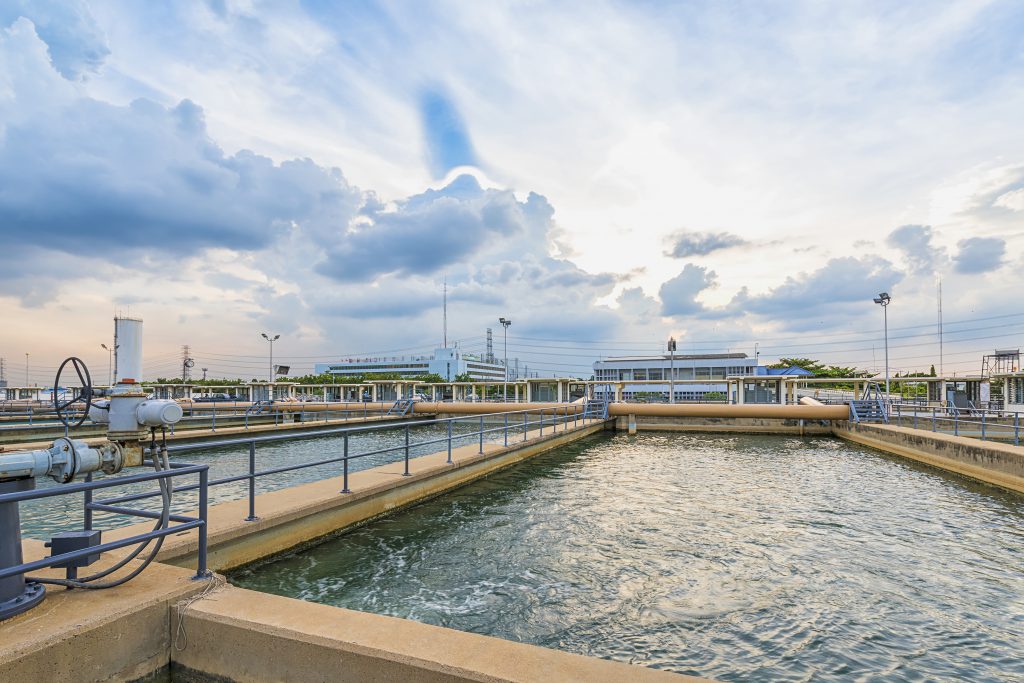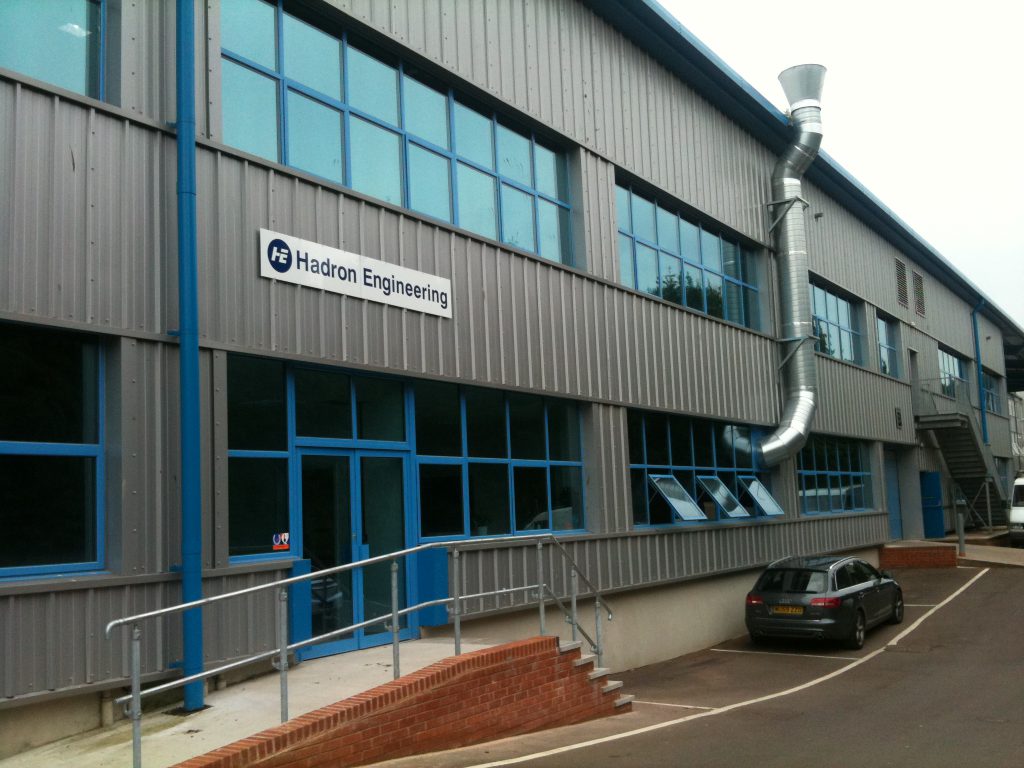What is the difference between a positive displacement blower, a roots type blower, a rotary blower or an industrial air blower?
These are all terms used to describe the same machine, manufacturers may use any of these terms to describe and air blower but the machines are the same and there are no differences.
What is the performance difference between a roots type blower, a side channel blower and a turbo blower?
Side channel blower performance parameters are airflows from 0-2000 m3/hr and operate up to 750 mbar (10.9 psi)
Roots type blower performance parameters are airflows from 0-20000 m3/hr and operate up to 1000 mbar (14.5 psi)
Turbo blower performance parameters are airflows from 180-31200 m3/hr and operate up to 4000 mbar (58.0 psi)
What is the difference between a bare-shaft blower and a blowing set package?
A bare shaft blower is another term for the rotary lobed blowing unit and a package set is bare-shaft blower on a frame fitted with a motor and silencers usually housed in an acoustic enclosure.
Do you supply blowers capable of pressures above 1000 mbar (14.5 psi)?
Our turbo blower range is capable of pressures up to 4000 mbar (58.0 psi).
Rotary lobe blowers are only capable of achieving a pressure rise of up to 1 Bar at sea level but higher pressure rises can be achieved by staging two rotary lobe blowers in series.
What can I do to prevent the blower from exceeding its pressure capacity?
All packaged sets are supplied incorporating a pressure relief valve which will be set to 10% over the duty pressure but we strongly advise the use of an over pressure switch or an unloading valve. This will protect the motor, drive and all parts of the system.
Why is the blower over heating?
Common causes of excess heat in the blower’s body, bearings and casings could be caused by one or more of the following:
- The blower’s inlet filter has become blocked and is causing an increase in pressure in the blower.
- Incorrect lubrication.
- A valve has been installed incorrectly or has jammed in the closed position.
- There is a pressure change in the system caused by either a blockage in a conveying line or a rise in water depth in effluent treatment.
- The ventilation fan of a package within an acoustic enclosure or building is switched off or has failed.
When a blower is running off a variable speed drive (inverter) which slows the blower to a point where insufficient cold air enters the inlet.
What oil and grease should I be using for lubrication on my blower?
Please refer to the documentation supplied with the unit or contact us for more information.
How much grease do the bearings need and how often should it be applied?
As a general rule every 1000 operating hours, 3 or 4 pumps from a grease gun containing the correct grade of grease will be adequate. Care must be taken not to over grease as this can cause the bearing to overheat. The bearing cap should never be more than one third to half full.
Why won’t the blower operate up to the pressure required?
The application and system piping restrictions create the pressure against which the blower operates. Air leaks in the pipe system or valves may be the cause. Please contact us if you are unable to resolve the problem.
What could be the cause of product or water found in the blower?
One of the main causes of this problem is a faulty or missing non return valve in the discharge line which allows product or water to be sucked into the blower.
As the rotors turn, air is drawn into the inlet side of the blower and travels around the outer casing of the machine in the pockets between each lobe of the rotor. Once at the discharge side of the blower the air is forced out and stopped from passing back into the chamber by the finite clearances between all internal components. The tiny amount of air that does manage to pass back through these minute clearances is what is known as blower “Slip”.





